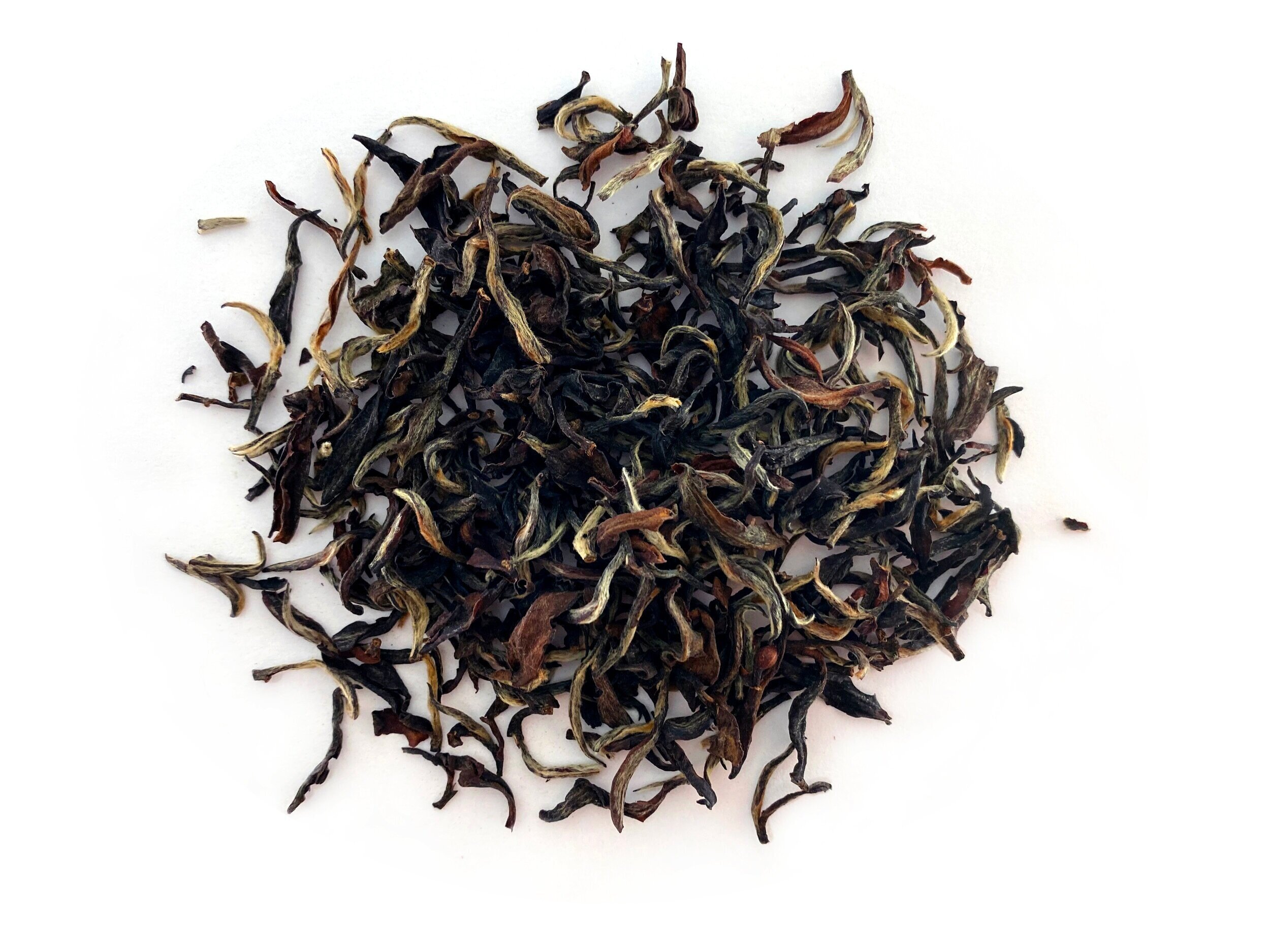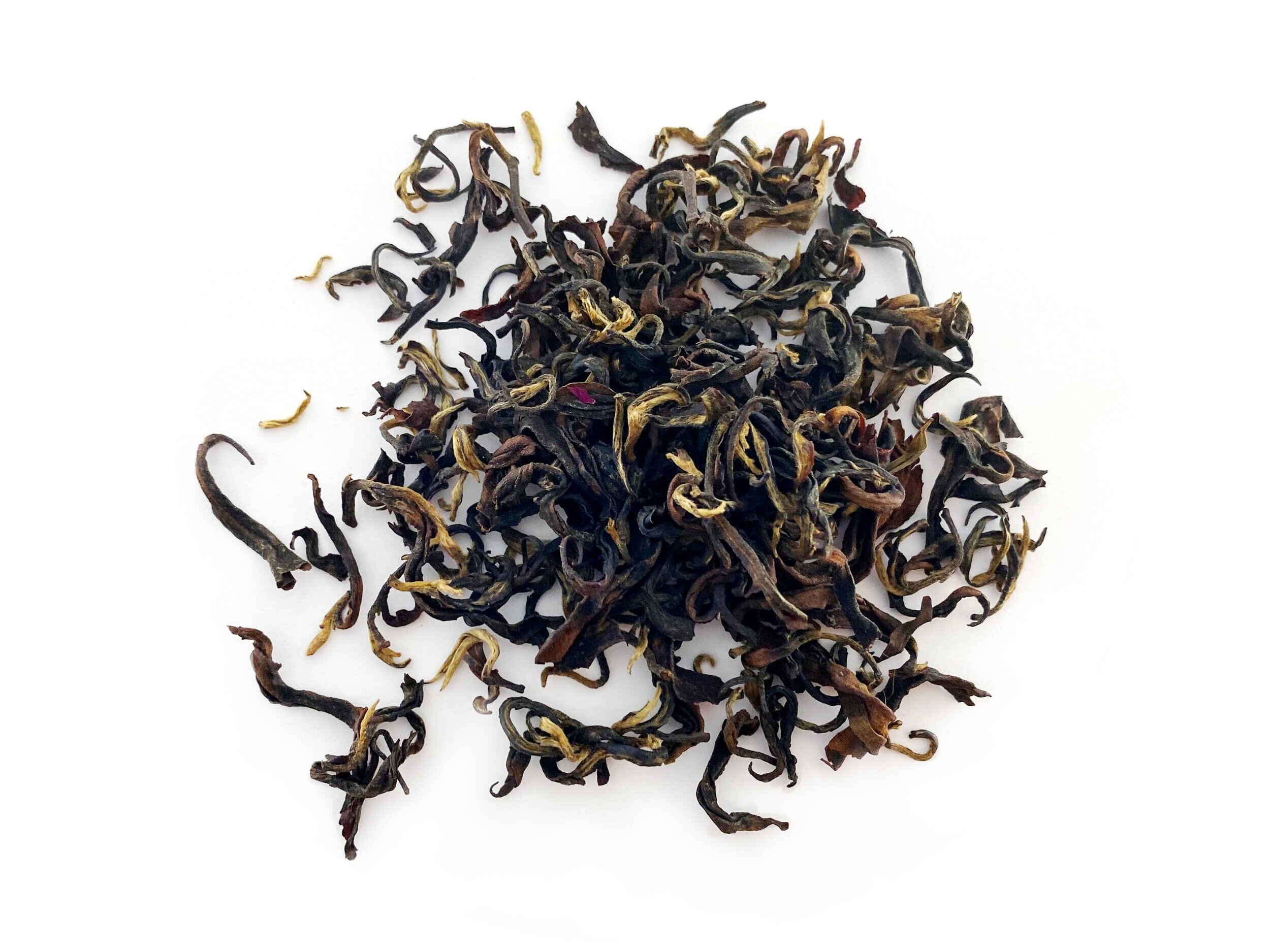Entering the World of Chinese Tea
The magic of tea originated in ancient China, from a humble shrub known as Camellia Sinensis.
Once a simple aromatic herb, tea was chewed between teeth for medicinal purposes. Chinese tea has evolved throughout history alongside farmers, emperors, monks, travelers, families, and friends. Now, in modern times, tea is one of the most prominent social pastimes across the globe. The medicinal magic in the tea plant have been studied, and further amplified through innovations in tea science.
All of the teas across the world are derived from Camellia Sinensis, with countless variations that have been developed throughout many generations of human cultivation. Most traditional and modern Chinese teas originate from the cultivar: Camellia Sinensis var. Sinensis and the cultivar: Camellia Sinensis var. Assamica.
Chinese teas are classified under the following categories:
Red (Black) Tea
Green Tea
Oolong Tea
Yellow Tea
White Tea
Pu'er Tea / Dark Tea
Though all teas are derived from one plant species, the various forms of farming, plucking, processing, fermenting, and aging of the leaves will yield vastly different results. For this reason, all teas are not created equal. The cultivar is only a skim of the surface.
When enjoying teas, the first thing one should notice is the distinct aroma. Take in the tea's natural scent fully, and completely, before taking the first sip. For many teas, aroma is the key to flavor.
The flavors of Chinese tea can be sharp and bright, sultry and aromatic, or even layered and nuanced. Such complex flavor profiles can be divided into the following notes:
Bright (Astringency)
Sweet
Bitter
Body
Aroma
Each type of tea delivers a unique aroma and flavor, akin to a signature. This is the result of a series of specific processing techniques, some of which have not changed since the early years of ancient China. Many modern factories still utilize traditional techniques that date back to the dynastic era. Some trees used to this day are hundreds of years old!
In China, the most popular method of brewing is Gong Fu style. The tea is brewed in a swift, often times performative, fashion. Gong Fu brewing is the key to unlocking the true flavor of tea. This method of brewing allows little time for the tea to steep and the hands to rest. Gong Fu brewing is very interactive, and highly prevelant in social settings. It is customary to conduct business meetings over tea in China. Culturally, the epitome of etiquette is brewing a beautiful cup of tea with great skill.
The first step into the world of tea can be the most incredible new experience. Many people have solidified tea in their daily rituals, and enjoyed great health benefits as a result.
Shop fine Chinese teas, developed by renowned PhD Lingyun Zhang, at goldenlifetea.com.






